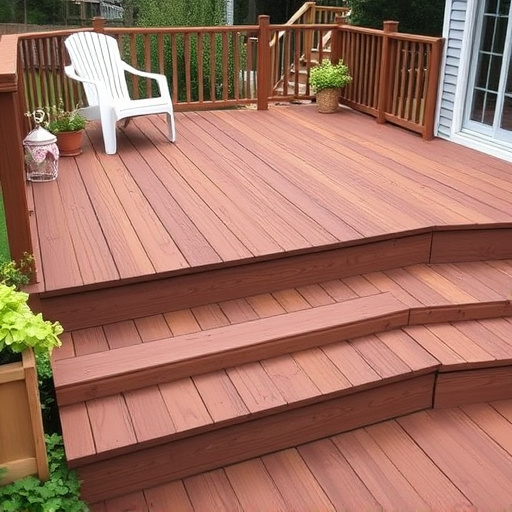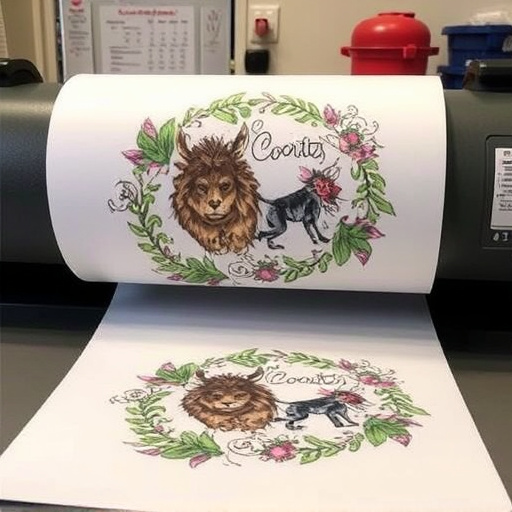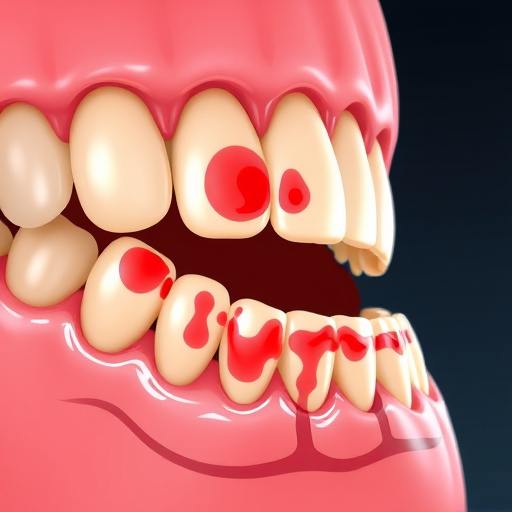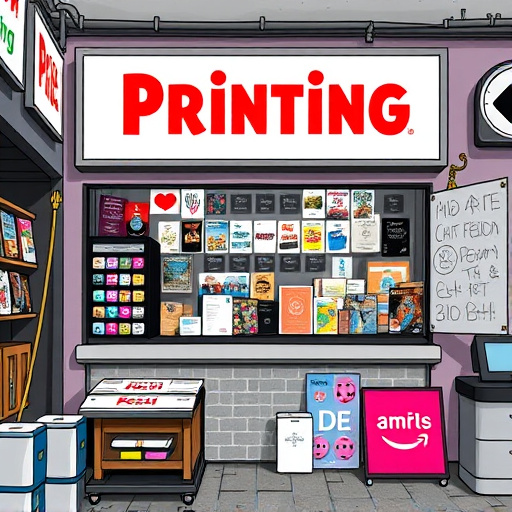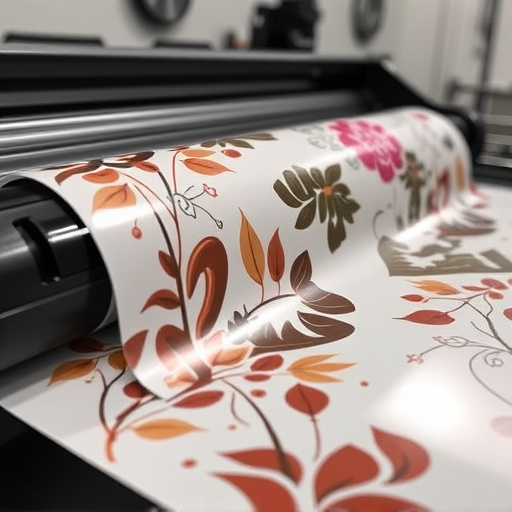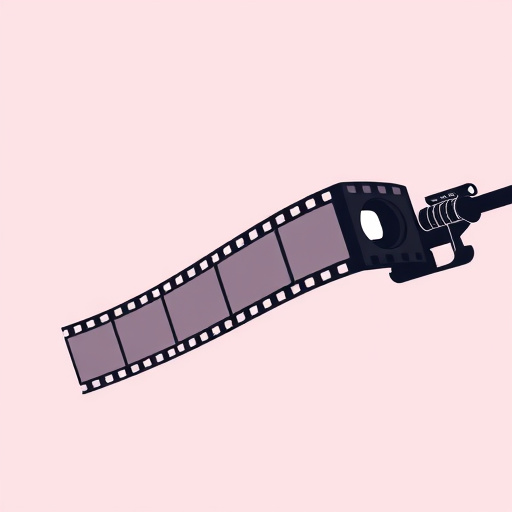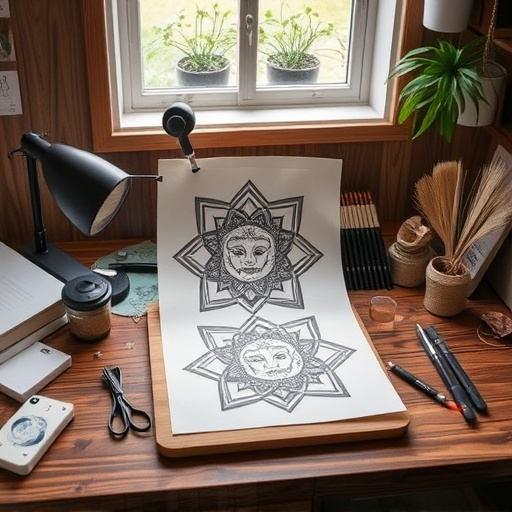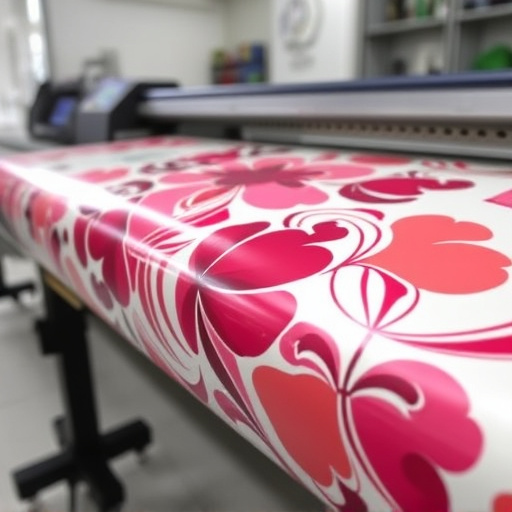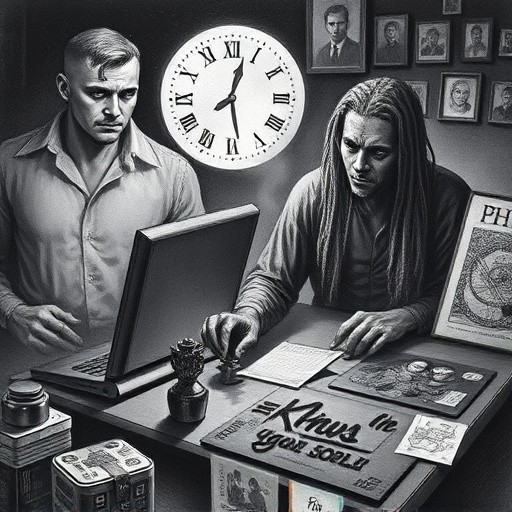DTF (Direct to Fabric) print technology offers superior quality and durability for garment design, with vibrant color reproduction and fine detail thanks to direct ink application. It handles diverse fabrics and complex graphics, ideal for modern clothing brands. Optimize designs with high-resolution artwork (300 DPI or higher), use vector graphics, ensure contrast, pre-test settings, and select the right transfer film for optimal results. Mastering print settings and materials leverages DTF's advantages for high-quality prints on various fabrics.
Unleash the full potential of your designs with DTF (Direct-To-Film) print technology. This innovative method offers unparalleled quality and precision, making it a favorite among professionals. To ensure optimal results, this guide breaks down the key steps. From understanding DTF’s unique benefits to preparing designs for precise printing and selecting the right materials, you’ll discover how to master this game-changing technique. Unlock the secrets to achieving exceptional DTF print advantages.
- Understanding DTF Print Technology for Superior Quality
- Preparing Your Designs for Optimal DTF Printing Results
- Mastering Print Settings and Materials for DTF Advantages
Understanding DTF Print Technology for Superior Quality
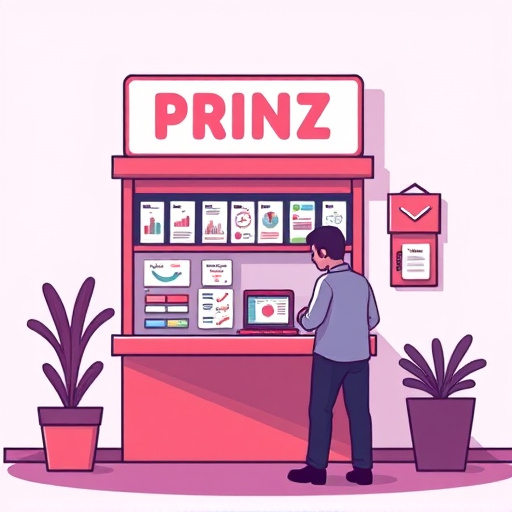
Understanding DTF Print Technology for Superior Quality
DTF (Direct to Fabric) print technology has revolutionized the way we approach clothing and garment design. This cutting-edge method offers a range of advantages over traditional printing techniques, ensuring superior quality and durability. By eliminating the need for intermediate surfaces, DTF printers directly apply ink onto various fabric types, resulting in vibrant colors and fine detail reproduction. This process is particularly beneficial for clothing brands looking to create unique, high-quality designs on items like hoodies or t-shirts.
With its precision and versatility, DTF printing allows for complex graphics, including intricate patterns and detailed logos, to be seamlessly integrated into fabric. The technology’s ability to produce sharp images with minimal bleeding ensures that logos on dtf for clothing brands stand out, enhancing the overall aesthetic appeal. Moreover, DTF printers can handle a wide array of fabrics, making it suitable for various garments and accessories, catering to diverse market demands.
Preparing Your Designs for Optimal DTF Printing Results
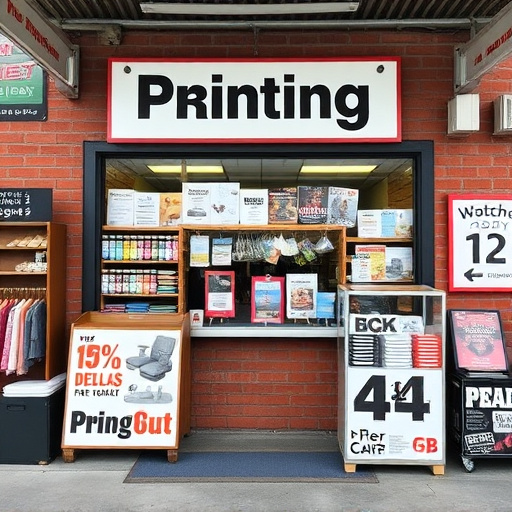
To achieve the best results with DTF (Direct to Fabric) printing, preparing your designs in advance is key. Start by ensuring your artwork is high-resolution and has a minimum resolution of 300 DPI (dots per inch). This guarantees crisp, detailed prints on various fabric types. When designing for DTF, consider the final product; whether it’s for dtf printing for dark fabrics or creating custom dtf transfer sheets, your design should be optimized for the medium. Avoid fine lines and text as these can become blurry when printed, opt instead for bolder, darker outlines.
Additionally, use design software that supports vector graphics as they print more clearly than raster images. Ensure there’s enough contrast between the design elements and the background to make the print stand out, especially on light-colored fabrics. For dtf for t-shirts or any fabric, it’s crucial to pre-test your design and printing settings to ensure consistency and quality across batches.
Mastering Print Settings and Materials for DTF Advantages
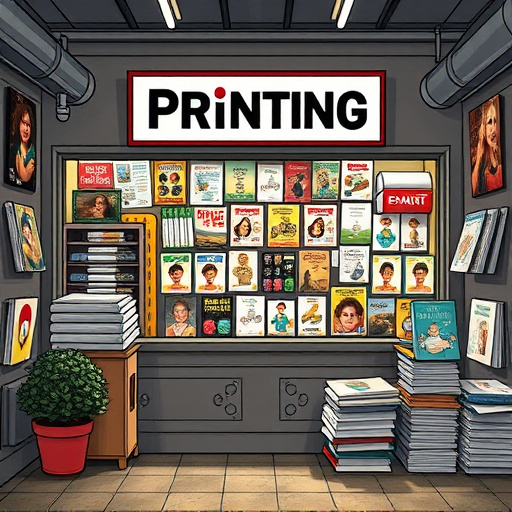
Mastering print settings and materials is key to unlocking the full potential of DTF (Direct-to-Fabric) printing. This technique offers a range of advantages, from vibrant colors on various fabrics to precise detail retention. To start, users should familiarize themselves with their printer’s settings, ensuring optimal parameters for DTF transfer film. Adjusting resolution, ink type, and print mode can significantly impact the final result.
When it comes to materials, choosing the right DTF transfer film is crucial for achieving crisp, long-lasting prints on t-shirts or even dark fabrics. Different films are designed for specific applications, so selecting one tailored to your project ensures the best DTF printing for your needs. Experimenting with various settings and materials will allow users to perfect their craft and take full advantage of this innovative printing method.
DTF (Direct to Fabric) print technology offers significant advantages for achieving superior quality in textile printing. By understanding this process, preparing designs with optimal considerations, and mastering print settings along with material choices, you can fully leverage the benefits of DTF printing. Incorporating these practices ensures not just high-quality results but also opens new possibilities for creative expression in the world of fabric design. Reap the DTF Print Advantages today to elevate your textile projects to the next level.


